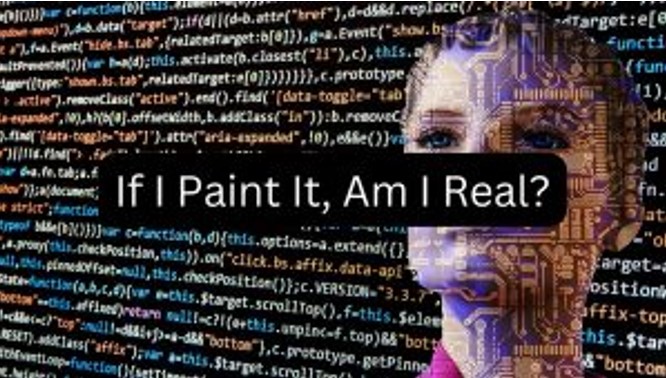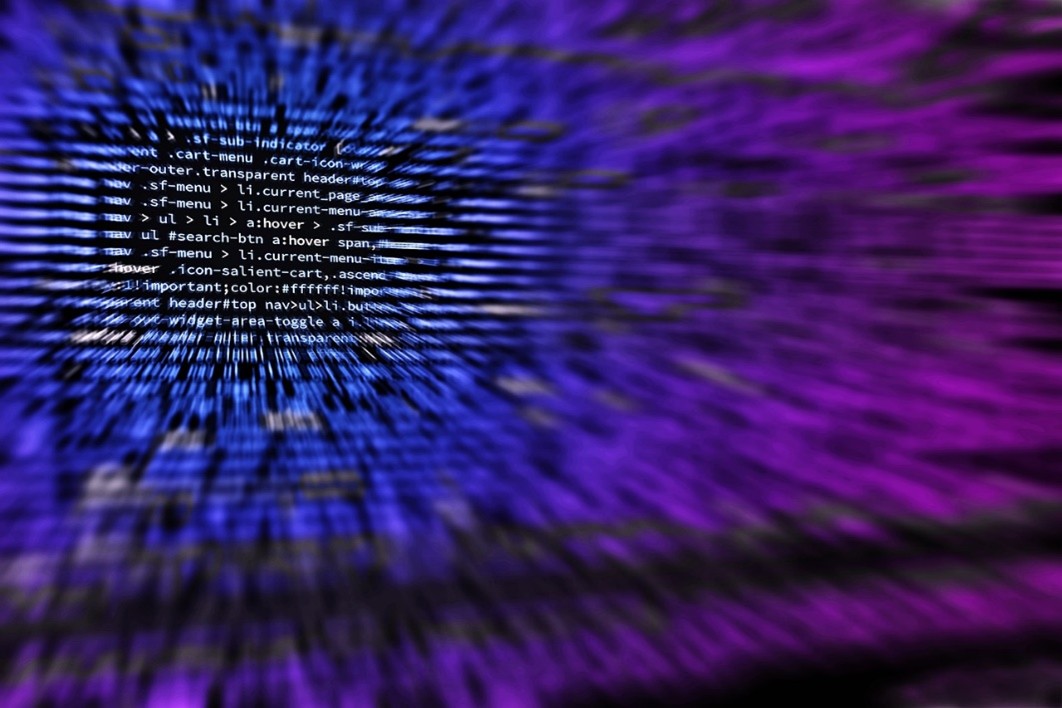AI art and copyright law in Hong Kong: An Essential Review

It might seem fairly obvious.
You take paint, brushes, a nice piece of canvas, spend a few hours, or days applying the paint to the canvas and voila, what you have is a piece of art.
It would also seem fairly clear that the artist owns the copyright.
Except now what may have been an obvious relationship in years gone by, is looking distinctly shaky thanks to a new breed of artist – computer algorithms, better known as AI.
Since a painting titled Portrait of Edmond Belamy sold for an incredible $432,500 at auction at Christie’s, 45 times its estimate, work created by artificial intelligence has definitely arrived on the market.
AI-generated art has gone from strength to strength, even picking up art prizes at state fairs.
Which is making some traditional artists very unhappy and fuelling fierce debate about what exactly constitutes a work of art. Is it in the eye of the beholder or the mind of the creator?
All of which would probably not concern the legal world very much.
Except that art has value, sometimes a great deal of value, so the question of who owns the copyright is more than just a philosophical exercise.
If AI created the work, are the algorithms the artist, or is it the people who wrote the algorithms?
Or both?
And what is a work of art anyway?
Some basics
AI-generated art refers to art generated with the assistance of AI. The creative process varies depending on the platforms the artist chooses; but, generally speaking, AI imitates human intelligence by following various self-learning algorithms in analysing thousands of images to construct novel works.
AI can be programmed to emulate the style of a certain painter or school of art, or simply be instructed to create work that fits a theme.
The end product is arguably, very much a result of collaboration between the human creator who programmes the computer, together with their vision and ideas and the algorithms which the computer uses to process the resulting work.
However, others argue that the computer doesn’t bring into play experiences, feelings and emotions as well as a vision or message, as a human artist would. AI simply does what it’s told and references only the data programmed into it.
How would AI-generated art sit in the legal landscape in Hong Kong?
Two-dimensional AI-generated art certainly falls within the definitions of “graphic work” (which includes any “painting, drawing, diagram, map, chart or plan”) and “artistic work” (which includes any “graphic works”) under section 5 of the Copyright Ordinance (“CO”), and, as such, would be protected by copyright in Hong Kong.
Section 11 of the CO states the person creating the work is the “author”; and, pursuant to section 13 of the CO, the author is the owner of the copyright except where work is commissioned or created by an employee as part of their job.
With regard to computer-generated work, Section 11(3) of the CO provides that the author is “the person by whom the arrangements necessary for the creation of the work are undertaken”.
The key word is “person” which makes clear that under Hong Kong law computers or AI do not qualify for authorship.
In theory, if an artwork is created by AI of its own volition, presumably the human creator or programmer of the AI would still be the author under Hong Kong law.
Whether procuring AI-generated art would infringe on someone else’s copyright is perhaps not as clear.
To start with, a concept or idea, short of being recorded, is not protected by copyright in Hong Kong.
That means, programming AI to imitate a certain style or school of art does not constitute copyright infringement.
However, if the AI-generated art happens to resemble an existing artwork that is protected by copyright and does not belong to the person programming the AI, the programmer may be liable for infringing copyright by, among other things, reproducing the original work in a material form (section 23 of the CO).
Of course, what amounts to “resembling” an earlier work or reproducing the same in a “material” form is very much a matter of degree.
This is very much like the “test” applicable to plagiarism claims – it is just that the use of AI, which is capable of “plagiarising” (or “imitating” if you like) a given artwork more masterfully than a human, only makes it harder to determine whether a piece of AI-generated art is, to the eyes of a reasonable person, really a plagiarised work.
The statutory defences like research, critique, and incidental inclusion, are still applicable to AI-generated art in Hong Kong; but, as with the debate in the US, if the AI-generated art in question is for sale, it would be rather difficult to claim any specific statutory defences stipulated in the CO.
Conclusion
It remains to be seen whether the laws of Hong Kong will need revision to address the growing popularity of AI-generated art.
As the law currently stands, AI-generated art is not treated by Hong Kong law differently from artworks created with pens and brushes.
A warning though.
If the images the AI is programmed to study do not belong to the programmer then they should ensure the end product generated by the AI does not, inadvertently or otherwise, infringe on the copyright of any other protected work.
Disclaimer: This article is provided for information purposes only and does not constitute legal advice. Specialist advice should be sought about your specific circumstances.


